
The frozen food revolution is here. Independent research conducted for the British Frozen Food Federation has shown two in five consumers are buying more frozen food now than 12 months ago.
It’s no UK coincidence food price inflation reached its highest level since 1977 in March this year, topping 19%. This official measure slowed to 13.6% in August and industry data showed it at 12.2% in September, but rising food prices remain a major strain on the finances of many households.
Frozen food remains a cost-effective option, even if, like the rest of the industry, it has been forced to pass on price rises in sourcing and production. Switching to a frozen product from its chilled counterpart can bring savings of up to £1.07 per 100g when looking at staples like pizza. Savings of 38p per 100g can be achieved when choosing frozen pork sausages instead of fresh.
As such, frozen food volumes continued to grow in the second quarter of 2023. Kantar data for the 12 weeks to 11 June shows an extra 7,559,000 tonnes of food went through tills compared to the same period last year. That’s a growth rate of 1.6% – higher than the previous 0.5% increase in the 12 weeks to 19 March.
This consumer appetite for value is accompanied by a thirst for knowledge. Our research also found 42% of consumers would be prepared to buy more frozen food if they knew more about the sustainability, waste reduction and nutritional benefits it offered.
To capitalise on this momentum and to highlight the benefits of frozen food, the BFFF is running a consumer-facing campaign – the Frozen Food Revolution – this week to inform, educate and engage consumers about the many benefits of frozen food.
Not only does the site detail the virtues of frozen food, but it will support federation members, frozen food manufacturers, foodservice and retailers to boost sales. We want to see the levels of new customers we gained during covid.
Even in the cost of living crisis, consumers are perhaps seduced by the pricier produce that is more visible at the front of the store. The Frozen Food Revolution aims to remind shoppers of the quality and value of frozen food. Its lower price point is not due to inferior quality, but more a reflection of the complexities involved in getting other produce on the shelves.
Let us remember that Guatemalan mangoes, Spanish peppers or chicken from the Netherlands must be flown over in a matter of days to remain viable for sale, whereas frozen produce has the luxury of time. As long as it’s kept frozen, local out-of-season food is available all year round, and with imports, the transportation window is much wider. This allows for flexibility and better planning, which makes logistics more cost-effective.
Another reason for frozen’s exceptional value for money is the reduction in waste. When retailers price ‘fresh’ and chilled foods, they must account for spoilage in the supply chain. Soft fruits get squashed, vegetables bruise and transportation delays reduce shelf life.
Frozen food is not the industry’s poor relation. It is an excellent choice irrespective – or in spite of – its lower price point. As food prices look set to remain at historically high levels for the foreseeable future, it’s in all our interests to promote value, quality and reduced waste for the benefit of the environment, our customers and the wider society in which we live.








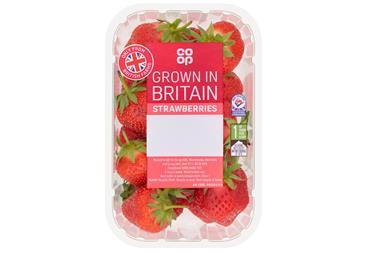
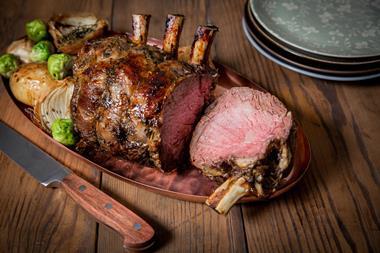

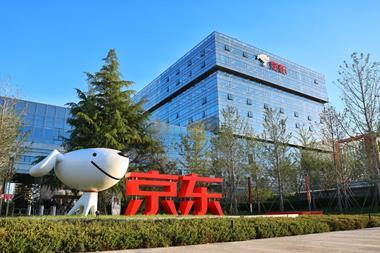

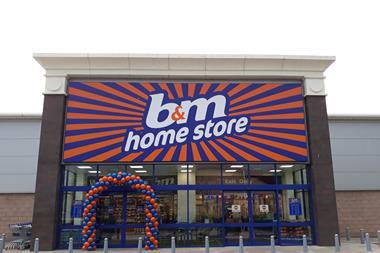

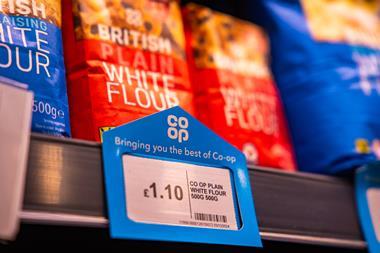

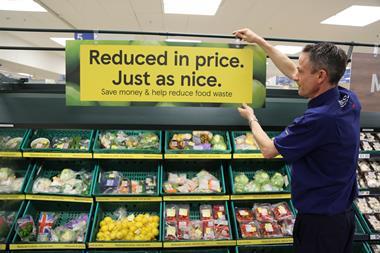

No comments yet